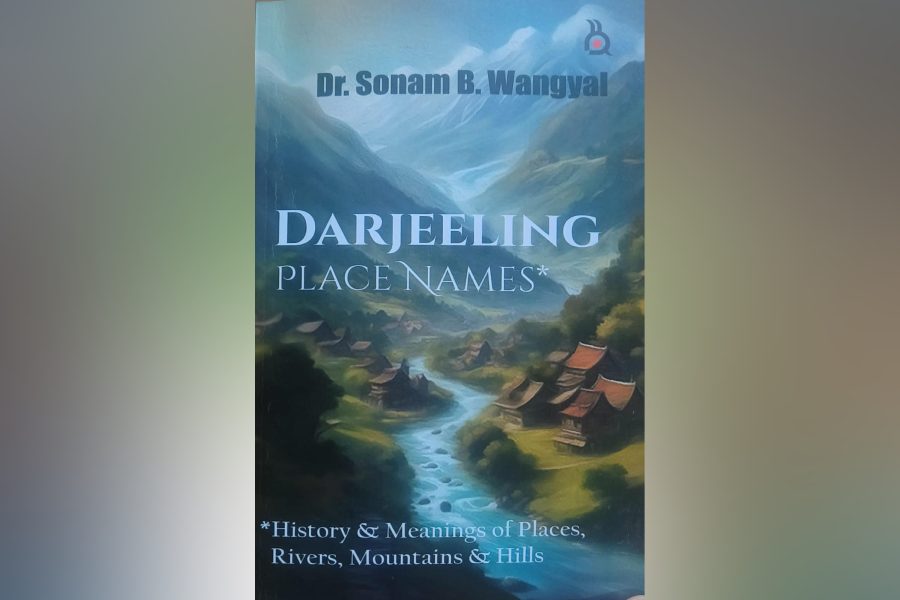The keen eyes of a physician have detected that Darjeeling and Siliguri, the two most important places of the region, were absent from maps till 1816 while Jalpaiguri and other relatively lesser-known places were distinctly present.
Sonam B. Wangyal, a doctor-cum-writer, on Saturday made public his seventh book on Darjeeling, bringing to light many unknown facets of the Queen of the Hills.
Wangyal’s book, Darjeeling Place Names, has stated that on one of the earliest maps of the region drawn up by Major James Rennell in 1779 and titled A Map of the North Part of Hindoostan, Jalpaiguri was marked as Jelpigori, Sannyasikata as Sanashygotta and Panchanai as Panchunyah.
“However, Darjeeling and Siliguri are absent,” said Wangyal.
Another map drawn up by Aron Arrowsmith in 1804 and titled Composite Map of India also does not show Darjeeling and Siliguri.
The two places are missing even in the revised map of Arrowsmith in 1812.
Only in 1816 did Darjeeling and Siliguri — which control the politics and economy of the region now — find place on the map.
Darjeeling changed hands between the princely kingdoms of Nepal and Sikkim in the 18th century before it was finally handed over to the Britishers by the Rajah of Sikkim in 1835.
Wangyal told The Telegraph that he worked for nearly 20 years to come up with his latest book. “It involved a lot of hard work and I had to refer to Lepcha and Nepali dictionaries by various authorities and other documents while working on this book,” said the “writer by passion, a doctor by profession”.
The book, divided into eight sections, also provides insightful details on even subjects that have been widely dealt with before.
For example, the book states that in the Darjeeling tea industry there are four tea gardens named after women, namely Marybong, Margaret’s Hope, Liza Hill and Jogmaya.
While Marybong, Liza Hill and Jogmaya are named after the owner/lessee’s daughters, the name of Margaret’s Hope has a sad history.
“Mr Cruikshanks, the garden manager, had a daughter named Margaret who while holidaying in the plantation fell in love with it. She went back to school in England promising to return to the plantation she loved so dearly,” said Wangyal.
However, Mary died of illness never to return. “The garden was thereafter rechristened from Chota Ringtong to Margaret’s Hope,” said the doctor.
Apart from practising in the India-Bhutan border town of Jaigaon for 35 years, Wangyal, born in Darjeeling, has also worked under the UNDP in the Kingdom of Lesotho and also in South Sudan.
“In Africa, I heard a common refrain that as long as a lion does not write its story, history will always be of the hunter. Our history should be written by us and it is time that we start. This (book) is a small effort towards that,” said Wangyal, who decided to publish his book with local publishers BukAnt to encourage local entrepreneurship.
The author added that he was currently working on three more books.











